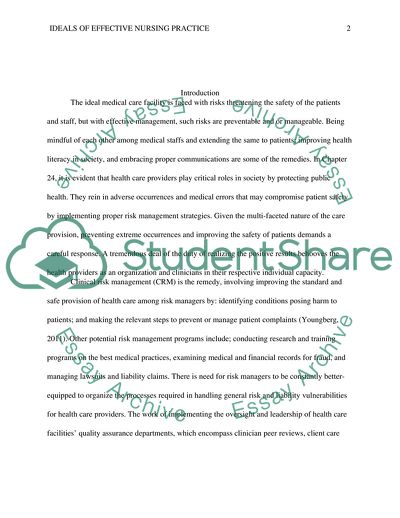Cite this document
(Not Found (#404) - StudentShare, n.d.)
Not Found (#404) - StudentShare. https://studentshare.org/nursing/1833112-ideals-of-effective-nursing-practice
Not Found (#404) - StudentShare. https://studentshare.org/nursing/1833112-ideals-of-effective-nursing-practice
(Not Found (#404) - StudentShare)
Not Found (#404) - StudentShare. https://studentshare.org/nursing/1833112-ideals-of-effective-nursing-practice.
Not Found (#404) - StudentShare. https://studentshare.org/nursing/1833112-ideals-of-effective-nursing-practice.
“Not Found (#404) - StudentShare”. https://studentshare.org/nursing/1833112-ideals-of-effective-nursing-practice.


